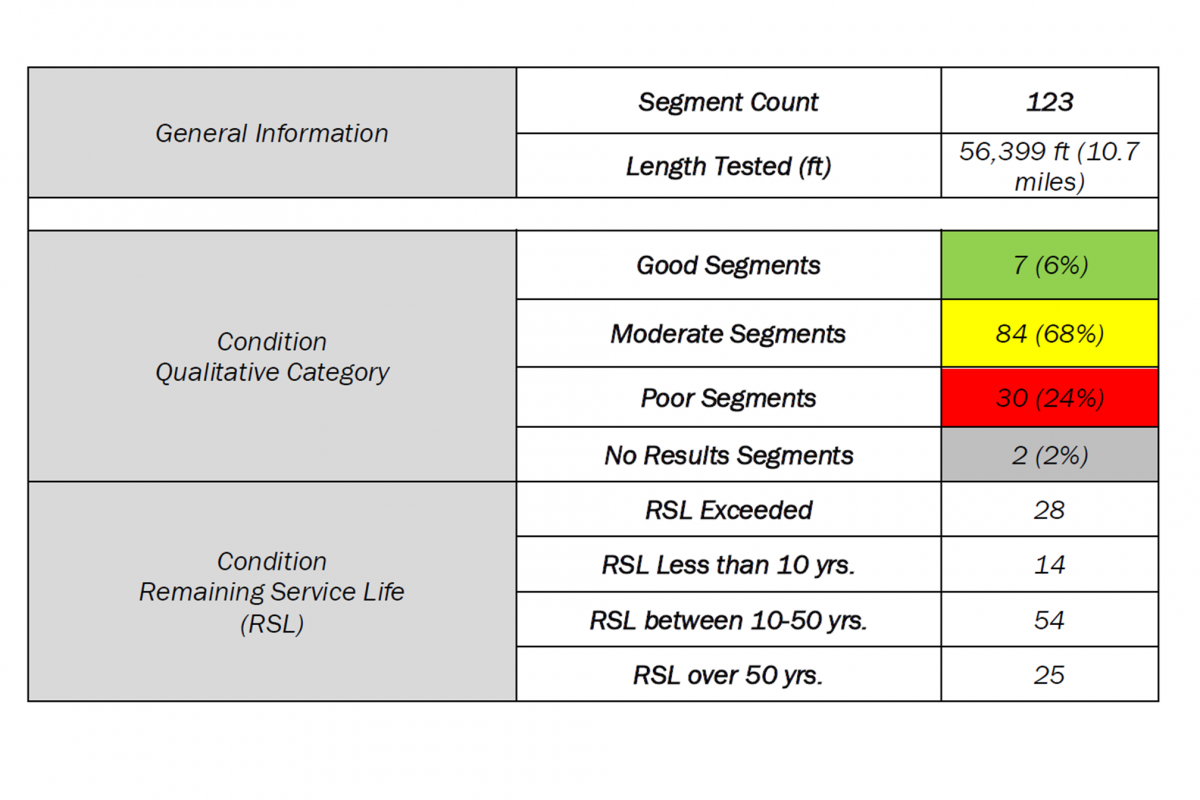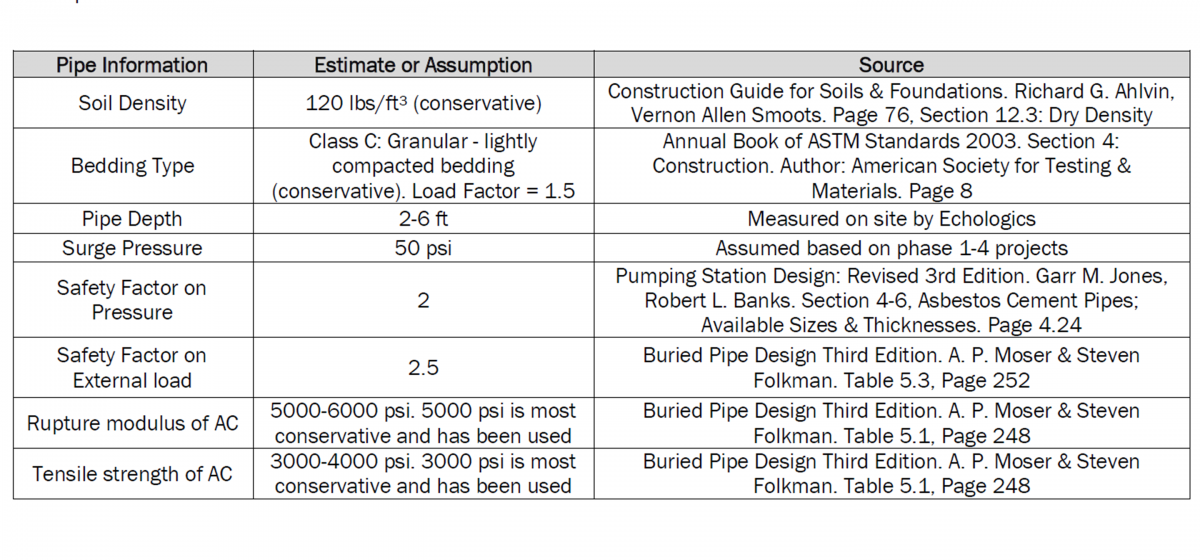Condition Assessment Helps Fountain Valley Devise a Proactive Asset Management Plan
Date:
Publication:
The City of Fountain Valley, California, supplies its 55,000 residents with a blend of groundwater sourced from six city wells and one imported water connection originating from Northern California and the Colorado River. The City owns and operates two 5 million-gallon reservoirs, 202 miles of distribution piping and 17,131 service connections.
Located in Southern California, Fountain Valley has endured its fair share of droughts and consequently, water conservation is at the heart of the City’s operations. In 2017, the City contracted with Echologics LLC, a subsidiary of Mueller Water Products (NYSE: MWA), to help with rolling out a five-year comprehensive condition assessment program. Approximately 43.4 miles of cement mortar-lined and coated steel, and asbestos cement pipes were tested in the first four phases of the program. The team has just completed phase five with 10.7 miles of 6-in. to 10-in. diameter asbestos cement distribution mains within residential neighborhoods.
“We were looking for hard evidence on our pipe condition in four key areas so that we could integrate the condition assessment data into our existing asset management program to increase confidence of the decision-making matrix. We also wanted to have a baseline for all other mains to better plan for maintenance and ensure we maximize the life of our assets,” said Joseph Macias, Water Distribution Supervisor for the City of Fountain Valley.
Using the ePulse condition assessment technology, Echologics field technicians tested 123 pipe segments during phase five to determine the average remaining structural wall thickness. The technology uses acoustic wave propagation to identify sections of pipelines with reduced structural stiffness and estimate the average remaining structural strength or wall thickness of a pipeline. Non-invasive and non-intrusive, this technology enables rapid inspection of large areas of a water distribution network without removing the pipelines from service, avoiding service interruptions, pipeline dewatering/ cleaning, or costly excavations.
By inducing low-frequency acoustic pressure waves inside pipelines, the ePulse technology measures the pressure waves using sophisticated acoustic sensors connected externally to the pipe or appurtenances, then analyzing the acoustic data to determine pipe condition. The pressure waves cause the pipe wall to “flex” at a microscopic level, affecting the speed of the pressure wave detected by the acoustic sensors.
The technology combines acoustic data with pipe material information to calculate its current hoop thickness. In the testing of asbestos cement mains, the mean remaining structural (effective) hoop thickness is the final deliverable. The pipe’s material, internal diameter, and modulus of elasticity are all critical variables in this calculation. The percentage of hoop thickness loss is calculated by comparing the measured thickness to the design thickness.
Table 1 below summarizes the condition assessment results and the remaining life service of the 123 pipe segments that were tested.

In the 6 percent of the segments in good condition, there was less than a 10 percent loss in original average wall thickness. Most pipes were in moderate condition, with a 10 percent to 30 percent loss in original average wall thickness. Unfortunately, 24 percent were in poor condition with over 30 percent loss in original average wall thickness. There were also two segments that did not yield any results due to acoustic wave propagation challenges, which can be caused by PVC repairs, worn or loose fittings, leaks, severely degraded pipe and large air pockets.
“We imagined most of the segments tested would fall under the moderate condition category and were pleased to find that to be true. With approximately 75 percent of our mains tested having 10 years or more service life, we know we have adequate time to plan for replacement,” said Macias.
Once the remaining pipe wall thickness is known, another Echologics technology, EchoLife, is used to determine the remaining life of service. These calculations consider water pressure and external loading conditions. To account for water pressure, field technicians record operating pressure within the system using fire hydrants at ePulse test sites. The measured pressure plus a surge pressure of 50 PSI with a safety factor of 2 are used for the EchoLife calculations. The external load is calculated using the Marston equation plus H-20 traffic load with a safety factor of 2.5. These assumptions were confirmed with Fountain Valley to ensure it meets their operational parameters. A detailed table of assumptions can be found below in Table 2.

Turning Data into Action
The utilization of evidence-based condition assessment data is a proactive approach to asset management. It can extend the lives of water mains by distinguishing those that are merely old from those that are truly impaired and allow asset managers to prioritize limited renewal budgets to the assets that require it the most. The City may also consider pipe rehabilitation as an option to reduce costs associated with water main replacement.
For pipes that are in good condition, the common industry practice is to perform follow-up condition assessment testing in approximately 10 years depending on the consequence of failure to allow measurement of the rate of change of condition with time.
Pipes that are in moderate condition, should be monitored according to the criticality of the main. The utility may also consider some of the following options:
- For mains without an internal lining, cleaning and lining can often extend the life of moderate condition mains as well as adding cathodic protection.
- Regularly scheduled, traditional leak detection surveys. This is a relatively inexpensive option capable of finding many leaks within a system. However, this method can be labor intensive and may not prevent catastrophic failures on high consequence pipelines.
- A permanent leak monitoring system, like the EchoShore-DX can find most leaks on a pipeline including small leaks that are not easily picked up with traditional listening devices. The system can check for leaks nightly to detect and notify the City of small leaks before they turn into catastrophic failures.
- A follow-up condition assessment survey to measure the rate of decay in five years depending on the consequence of failure. A desktop analysis, such as PipeRank may be utilized to prioritize which pipes have the highest likelihood of failure to determine the best candidates for future condition assessment surveys.
For pipes that are in poor condition, depending on the loading condition, these pipes are at higher risk of experiencing leaks and catastrophic failures and should be addressed as soon as possible. In most cases, pipe segments that fall within this category have reached or are close to the end of their useful life. Actions such as structural lining, sliplining, and/or full replacement should be investigated as a likely immediate requirement. Continuous leak monitoring, cathodic protection and/or cleaning and lining will most likely not offer tremendous value or extend the life of the water main in a cost-effective manner.
It is important to note that structural pipe condition is one of many factors in evaluating a pipe’s suitability for service but should not be the only consideration used in replacement and deferral decisions. Other important factors that should be considered may include pipe-loading conditions, hydraulic capacity of the pipe, road repair/renewal schedules, the consequence of pipe failure, customer complaints, rate of decay, etc.
“My team and I collectively decided it is in our best interest to move forward with at least two more phases of the assessment. The additional phases, if approved by Council, will give us a complete snapshot of our system health, and help identify areas in need of future improvement. The City is currently replacing transmission mains identified in earlier phases to be in poor condition or with limited remaining service life” concluded Macias.
Author: Ken Malone is a regional manager for Mueller in water management solutions and has been in the water industry for more than 25 years.
Click here to read the article in Trenchless Technology on Page 28.